China’s architectural heritage is a mesmerizing blend of philosophy, artistry, and engineering, reflecting millennia of cultural evolution. From sacred altars to whimsical garden features, each structure tells a story of imperial grandeur, spiritual devotion, and harmony with nature. Let’s explore some of the most iconic elements that define China’s architectural splendor.
1. Siheyuan: The Soul of Traditional Beijing 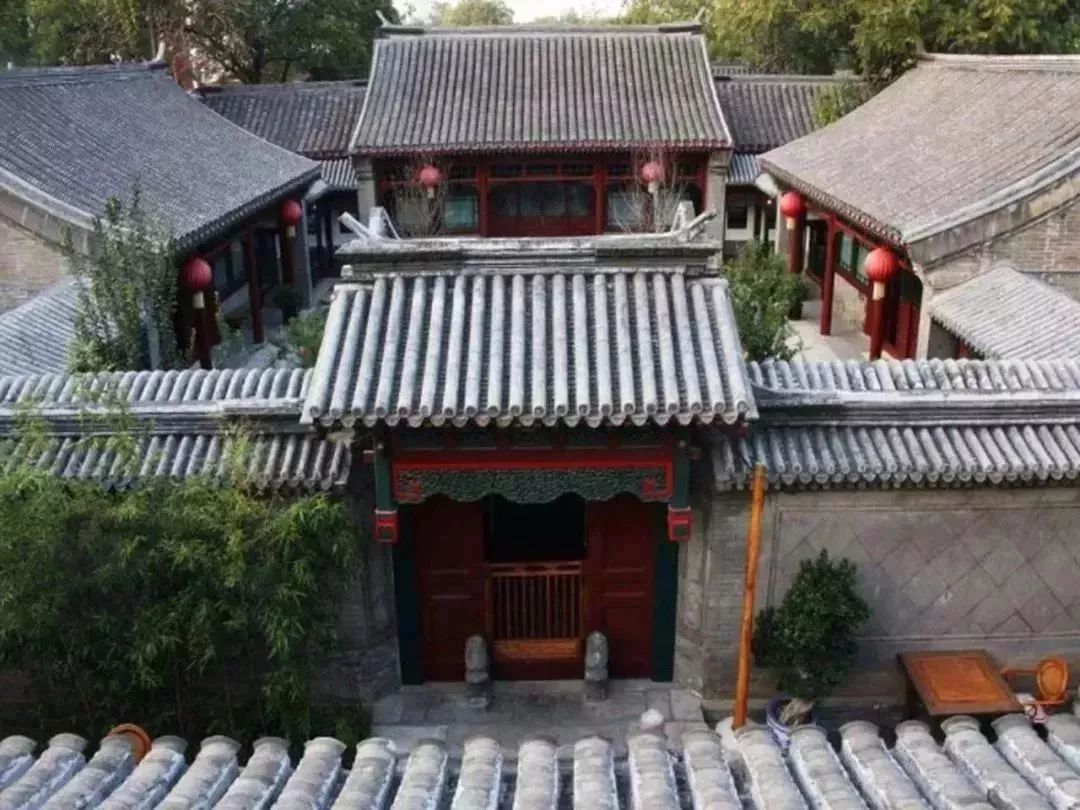
What to Know
The Siheyuan, or "foursided courtyard," is a quintessential symbol of traditional Chinese family life and Confucian values. These symmetrical complexes, dating back to the Yuan Dynasty (1271–1368), feature inwardfacing rooms surrounding a central courtyard, embodying harmony, privacy, and Feng Shui principles.
Highlights
Layout: Main rooms face south for optimal sunlight, flanked by side wings for extended family.
Decor: Intricate roof beams, moon gates, and carved wooden partitions reflect status and artistry.
Cultural Insight: The courtyard symbolizes the universe in miniature, uniting heaven, earth, and humanity.
2. Fujian Tulou: Earth Castles of the Hakka People 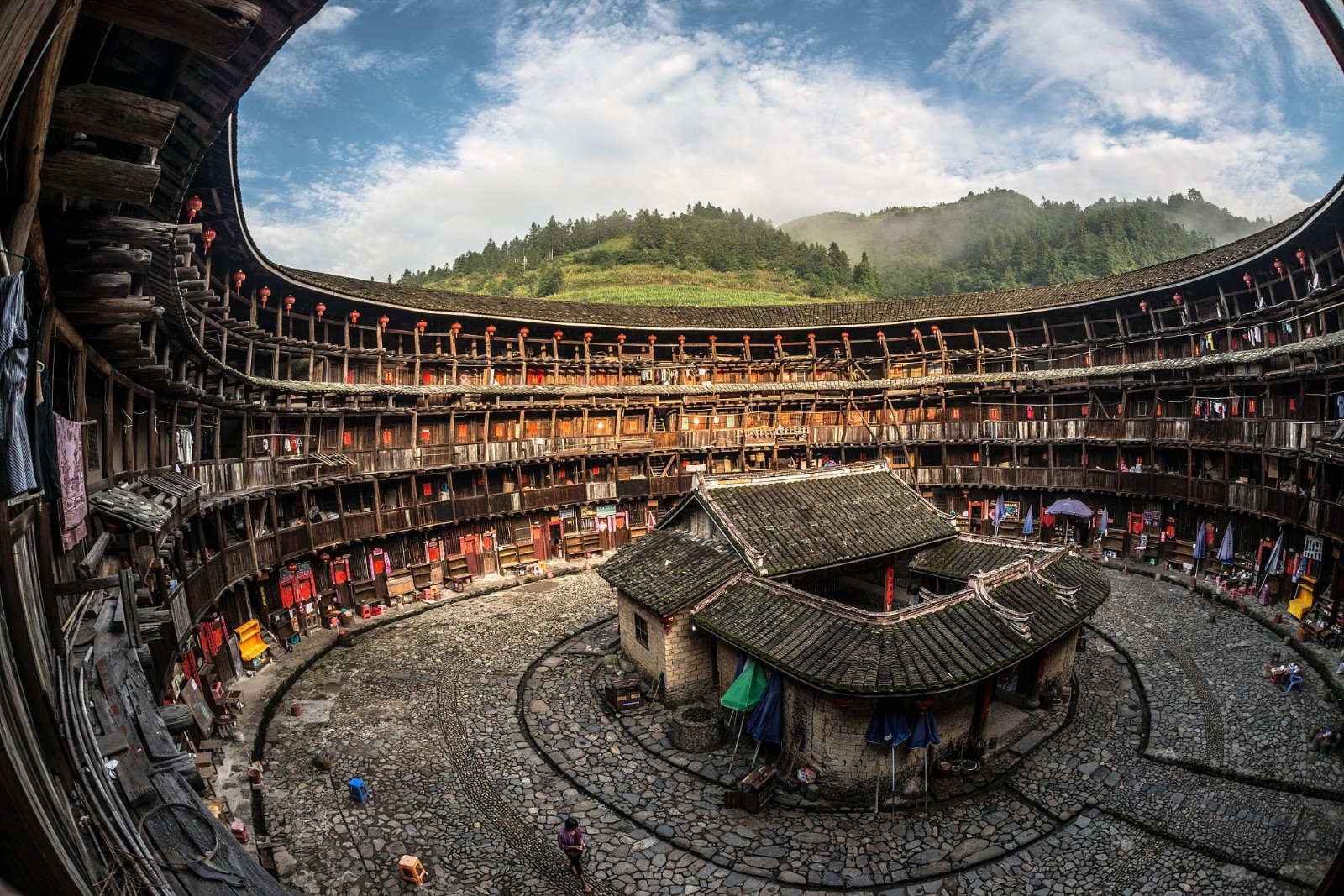
What to Know
The Tulou (earthen buildings) of Fujian Province are massive circular or rectangular fortresses built by the Hakka people between the 12th and 20th centuries. Designed for defense and communal living, these UNESCOlisted structures blend practicality with cultural unity.
Highlights
Structure: Walls up to 5 meters thick, made of rammed earth, withstand earthquakes and invaders.
Community Design: Each tulou houses dozens of families, with ancestral halls at the center.
Symbolism: Circular shape represents equality and cohesion among clans.
3. Hanging Temple: A Marvel of Interfaith Engineering 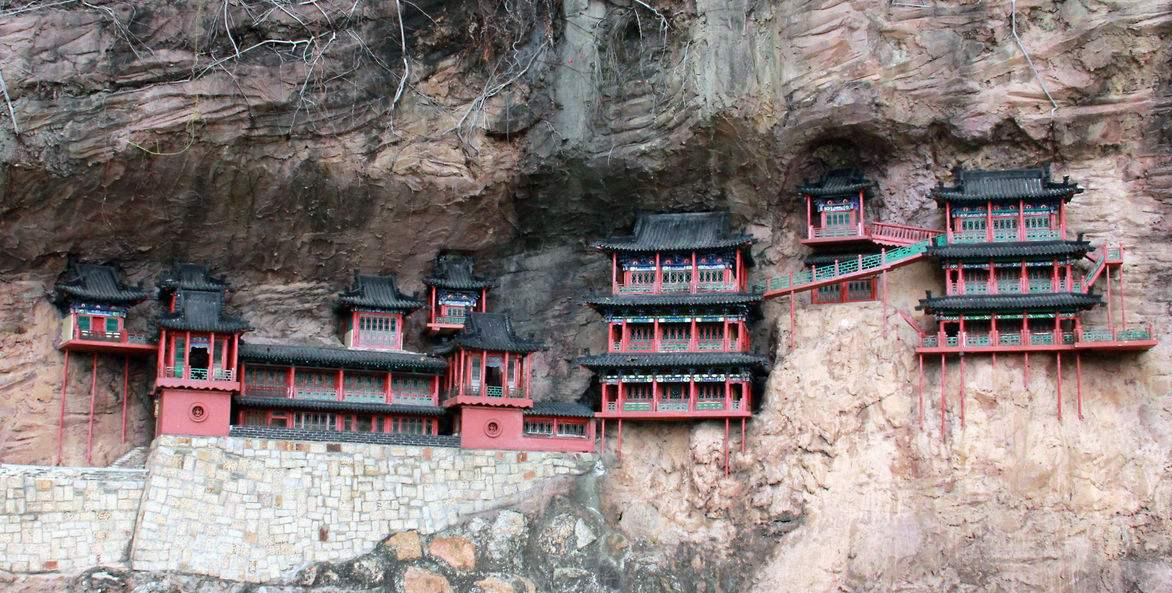
What to Know
Perched precariously on cliffs in Shanxi Province, the Hanging Temple (Xuankong Si) is a 1,500yearold architectural miracle. It uniquely enshrines Buddhist, Taoist, and Confucian deities, reflecting China’s religious syncretism.
Highlights
Engineering: Built into a sheer rock face using oak crossbeams inserted into drilled holes.
Design: Multistory wooden pavilions linked by narrow walkways defy gravity.
Cultural Fusion: Statues of Laozi, Buddha, and Confucius share space harmoniously.
Guided Tour Tips
Where to Visit: Near Datong City, 65 kilometers southeast.
Experience: Walk the creaking plank pathways and marvel at the temple’s reflection in the Hengshan Mountain river below.
Pro Tip: Visit in spring or autumn to avoid summer crowds and winter ice hazards.
4. Potala Palace: Tibet’s Celestial Fortress 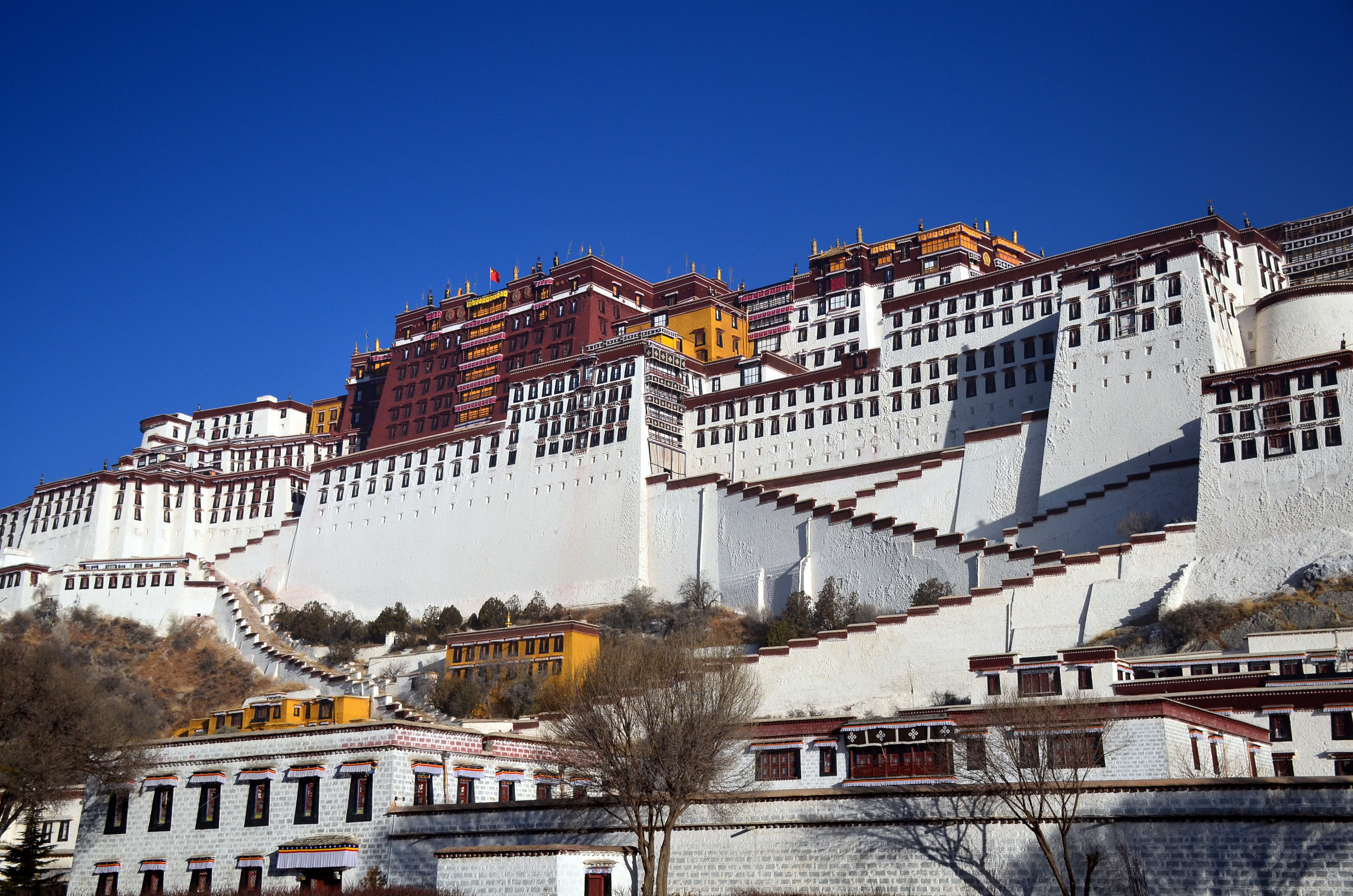
What to Know
Lhasa’s Potala Palace, a UNESCO World Heritage Site, is the spiritual and political heart of Tibetan Buddhism. Originally built in the 7th century by King Songtsen Gampo and expanded in the 17th century, it towers 117 meters above the valley.
Highlights
Architecture: White and red sections symbolize religious purity and secular power.
Treasures: Houses 1,000 rooms, 10,000 shrines, and the sacred stupas of Dalai Lamas.
Vistas: Golden roofs glitter against the Himalayan backdrop.
5. Long Corridor of the Summer Palace: A Painted Journey 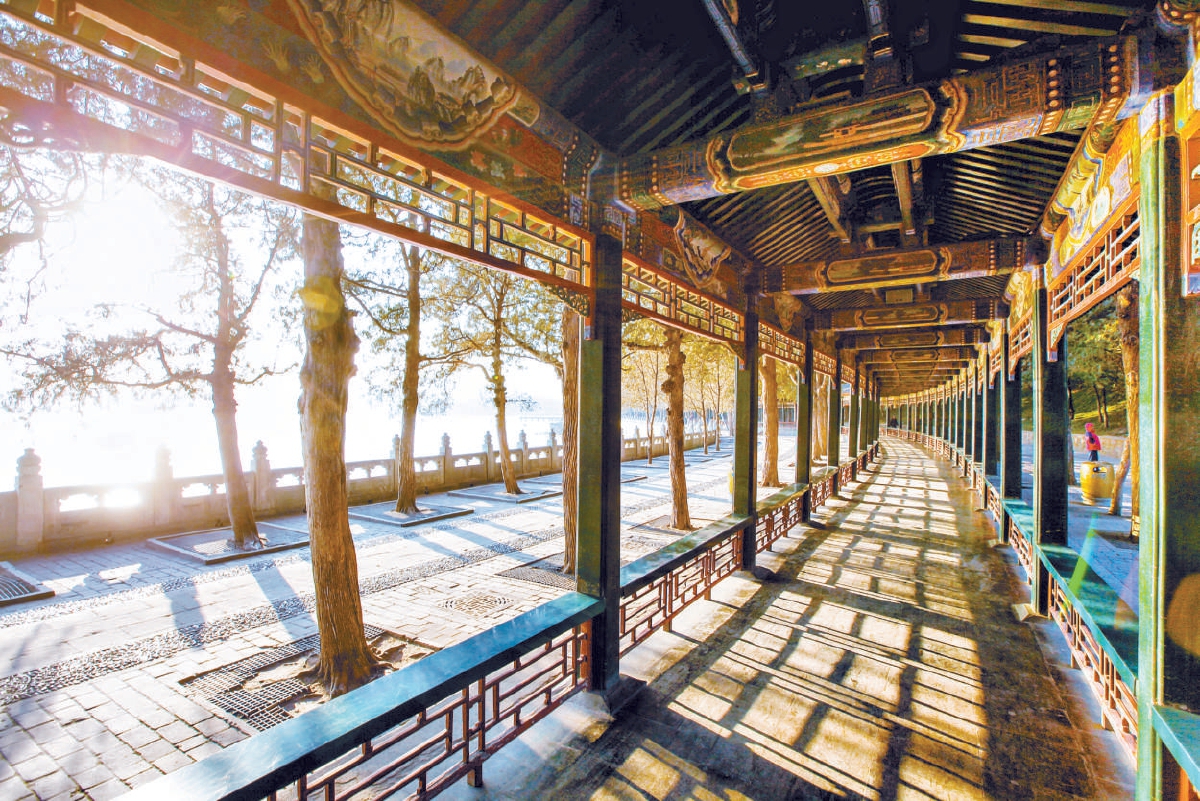
What to Know
The Long Corridor in Beijing’s Summer Palace is a 728meter covered walkway adorned with 14,000+ intricate paintings. Built in 1750, it served as a sheltered promenade for imperial families to enjoy Kunming Lake’s scenery in all seasons.
Highlights
Artistry: Murals depict historical tales, landscapes, and folklore—each panel a masterpiece.
Design: Follows the lake’s curves, with four pavilions marking seasonal themes.
Function: Combines practicality (shade, rain protection) with aesthetic storytelling.
6. Altars: Sacred Terraces of Heaven and Earth 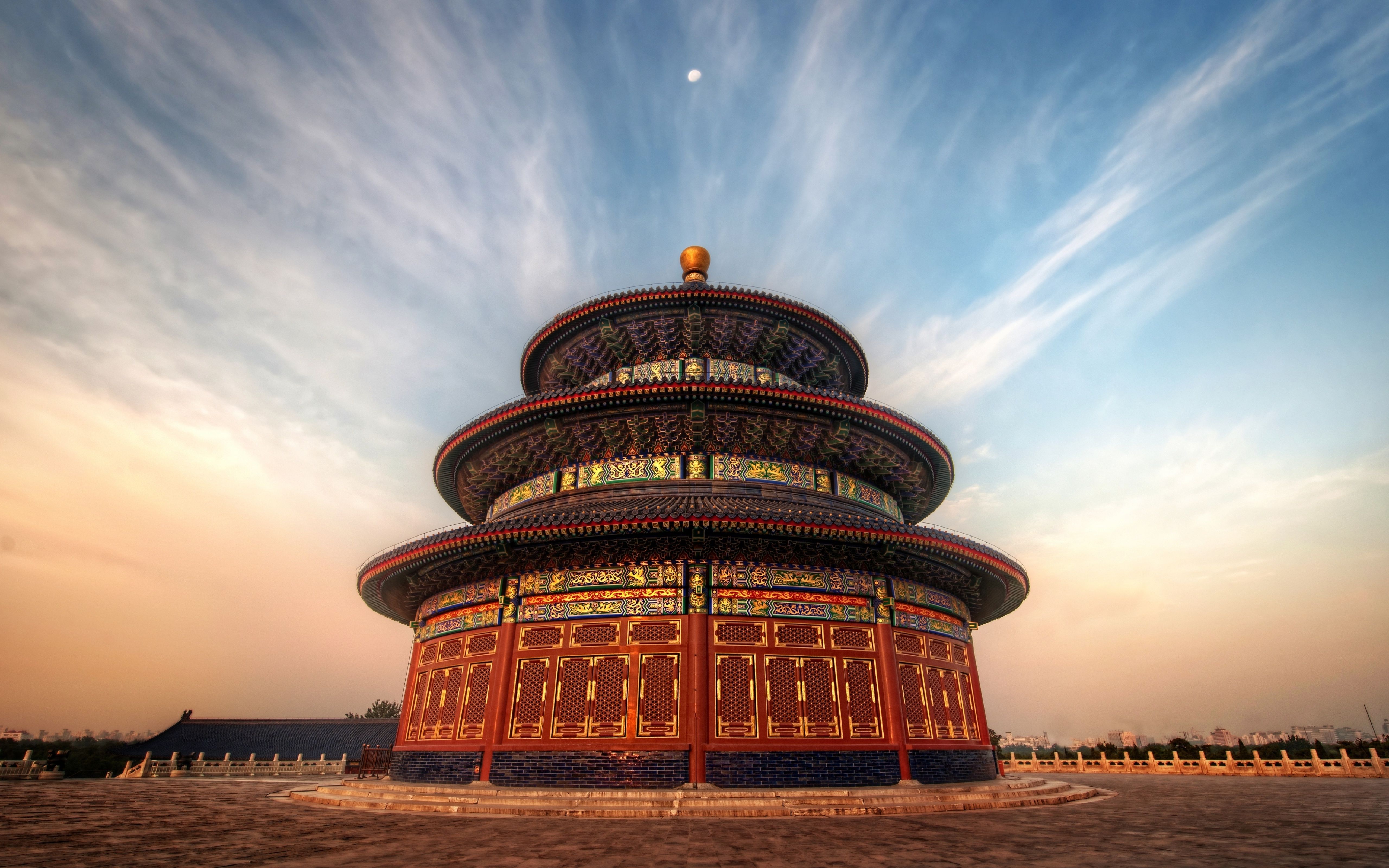
What to Know
Chinese altars, or tan, are monumental symbols of ancient rituals and cosmic beliefs. In Beijing, the Temple of Heaven (Tiantan) stands as a masterpiece of Ming Dynasty architecture. Its Circular Mound Altar (Huanqiutan), built entirely of marble, embodies the ancient belief that "Heaven is round." The altar’s three tiers, adorned with stones and balusters in multiples of nine (a sacred number), were where emperors performed the "openair rite" to communicate with Heaven.
Equally fascinating is the Altar of Land and Grain (Shejitan) in Zhongshan Park. Its fivecolored soil—green (east), red (south), white (west), black (north), and yellow (center)—symbolizes the unity of China under imperial rule. Yellow, representing the Yellow River and fertile grain, was revered as the color of emperors. These altars are not just relics but windows into China’s spiritual and agricultural roots.
Highlights
The Circular Mound:
Three marble tiers representing heaven, earth, and mankind
9×9 stone arrangement (9 being the ultimate yang number)
No overhead structures - ensuring unobstructed connection to the skies
Altar of Land and Grain: 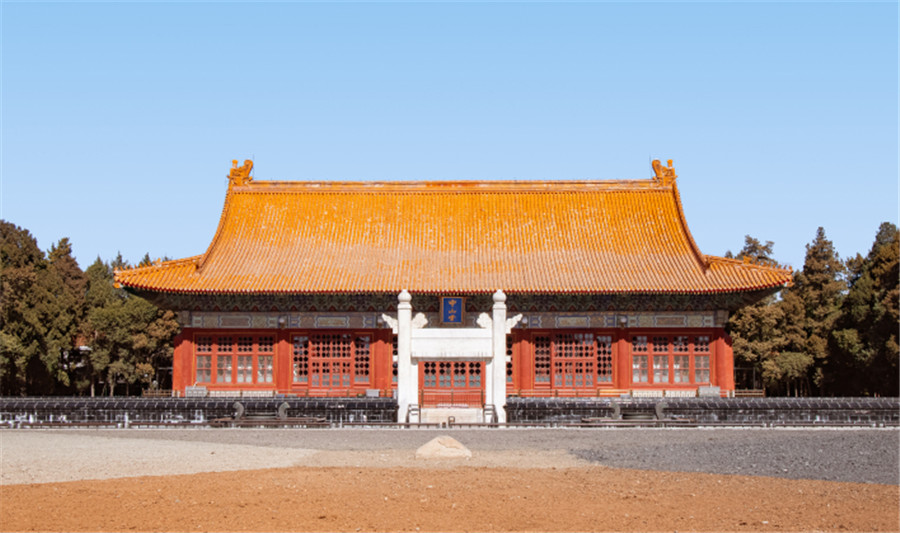
This unique five-colored earth platform in Zhongshan Park visually represented imperial dominion,
Color-coded soils (green-east, red-south, white-west, black-north, yellow-center)
Central yellow earth symbolized the Yellow River's life-giving power
Twice-yearly harvest ceremonies united agricultural and political authority
7. Archways: Gateways to History and Virtue
What to Know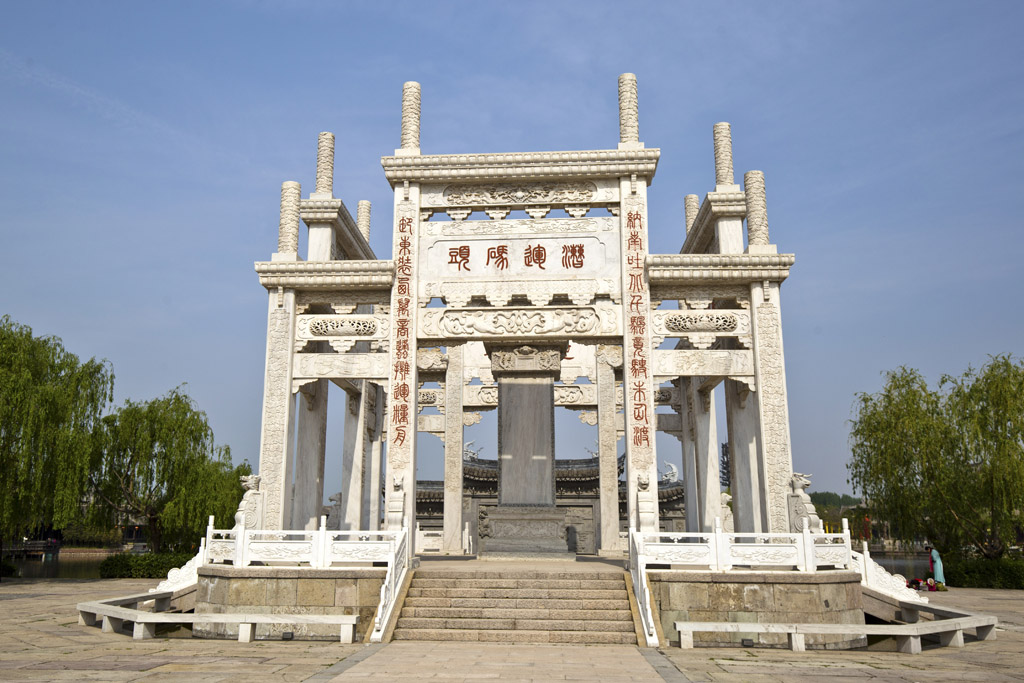
The pailou (or paifang), ornate archways crafted from wood, stone, or glazed tiles, once adorned China’s cities as markers of moral virtue, imperial achievements, or sacred spaces. In Beijing, the Summer Palace’s grand archway welcomes visitors with its seventiered roof, 176 golden dragons, and inscriptions praising the park’s beauty. Equally striking is the marble archway at the Ming Tombs, a 14metertall marvel adorned with carvings of mythical beasts, embodying the might of the Ming Dynasty.
These archways also carried personal stories. Widows in imperial times often dedicated their lives to earning a pailou of chastity, a societal honor. Though many archways have vanished, surviving examples like those near Beijing’s Lama Temple remind us of their role in celebrating both public and private virtues.
Highlights
Summer Palace Gateway:
200-year-old structure with 176 golden dragon carvings
Inscriptions praising the landscape's beauty
Ming Tombs Arch:
Six-column white marble masterpiece
Mythical creature carvings proclaiming imperial majesty
Beijing's Surviving Gates:
Glazed tile arch near Yonghe Temple
Restored scholar gates near the Imperial Academy
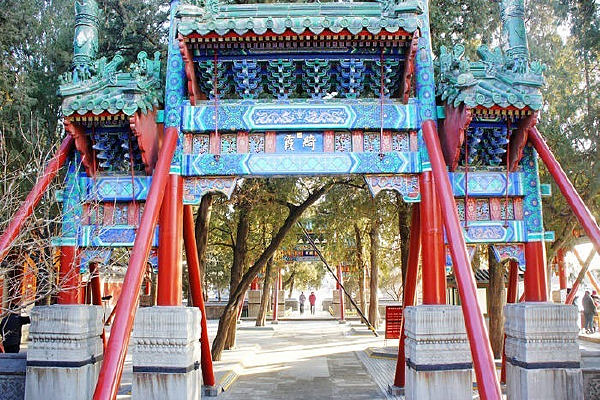 |
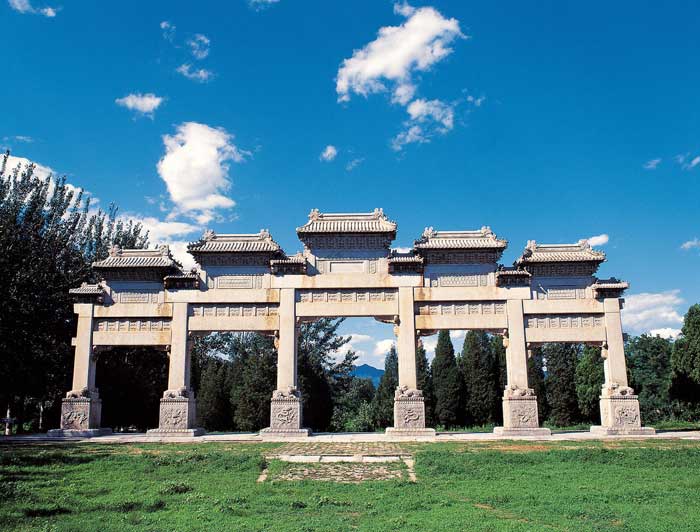 |
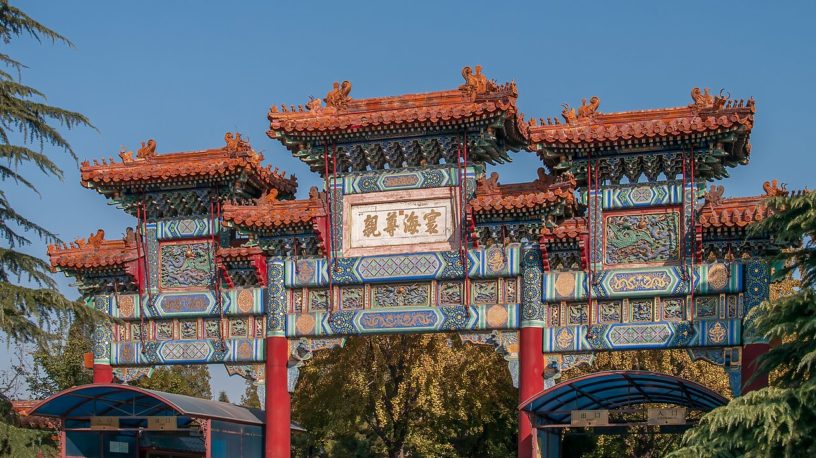 |
| Summer Palace Gateway | Ming Tombs Arch | Beijing's Surviving Gates |
8. Marble Boats: Symbols of Stability and Scenic Delight
What to Know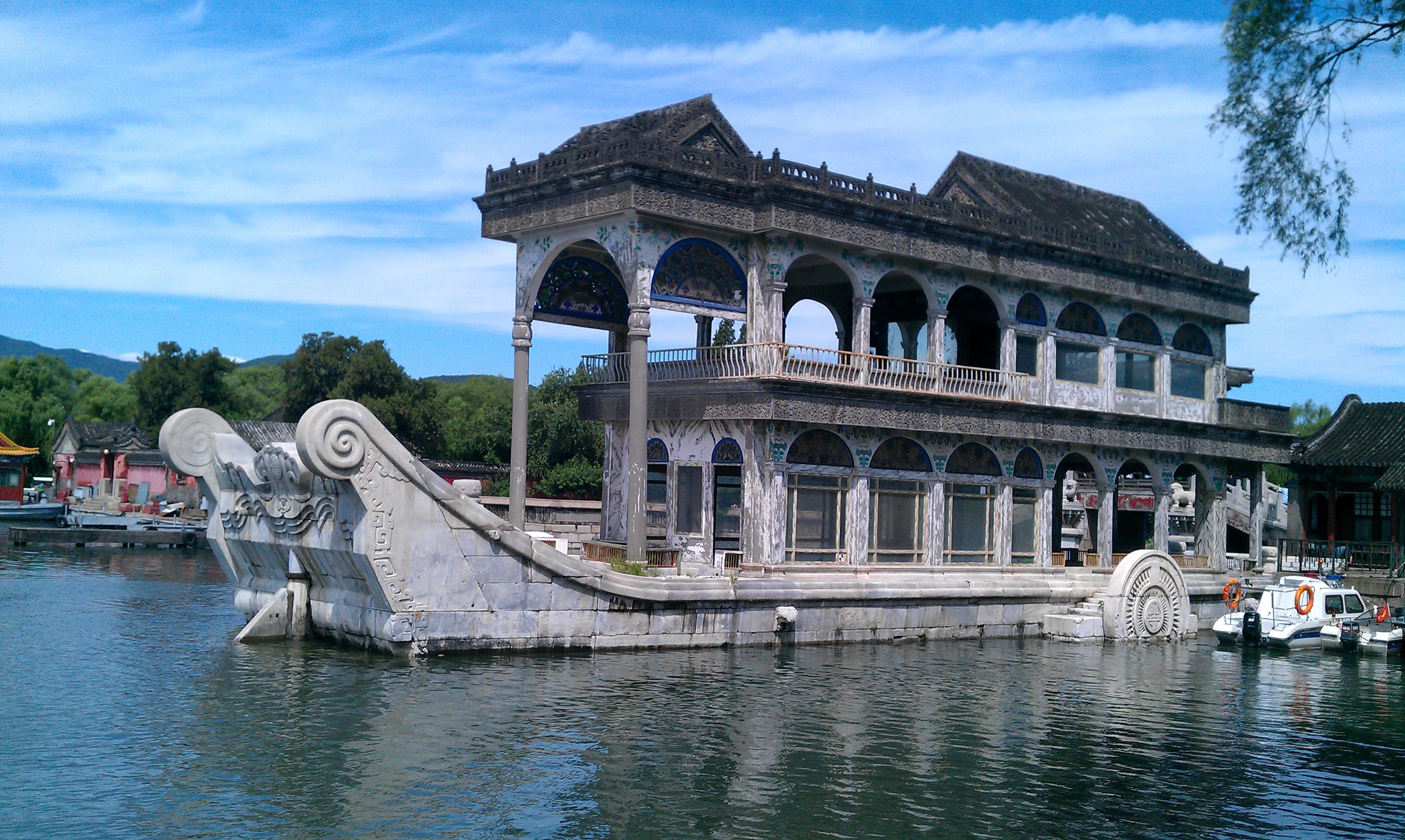
The Marble Boat in Beijing’s Summer Palace is a poetic fusion of art and metaphor. Built in 1755 by Emperor Qianlong, this 36meterlong stone vessel symbolized the “unshakable” Qing Dynasty. Despite its Westernstyle stained glass and enamel tiles added after a 19thcentury reconstruction, the boat remains a serene vantage point for lakeside views. Similar stone boats in Nanjing and Suzhou’s gardens blend functionality with symbolism, inviting visitors to imagine imperial leisure or naval spectacles.
Highlights
Permanent stone structure mimicking temporary watercraft
Original 1755 version destroyed during Anglo-French occupation
1893 reconstruction featured Western-style stained glass
9. Scenic Openings: Framing Nature’s Canvas
What to Know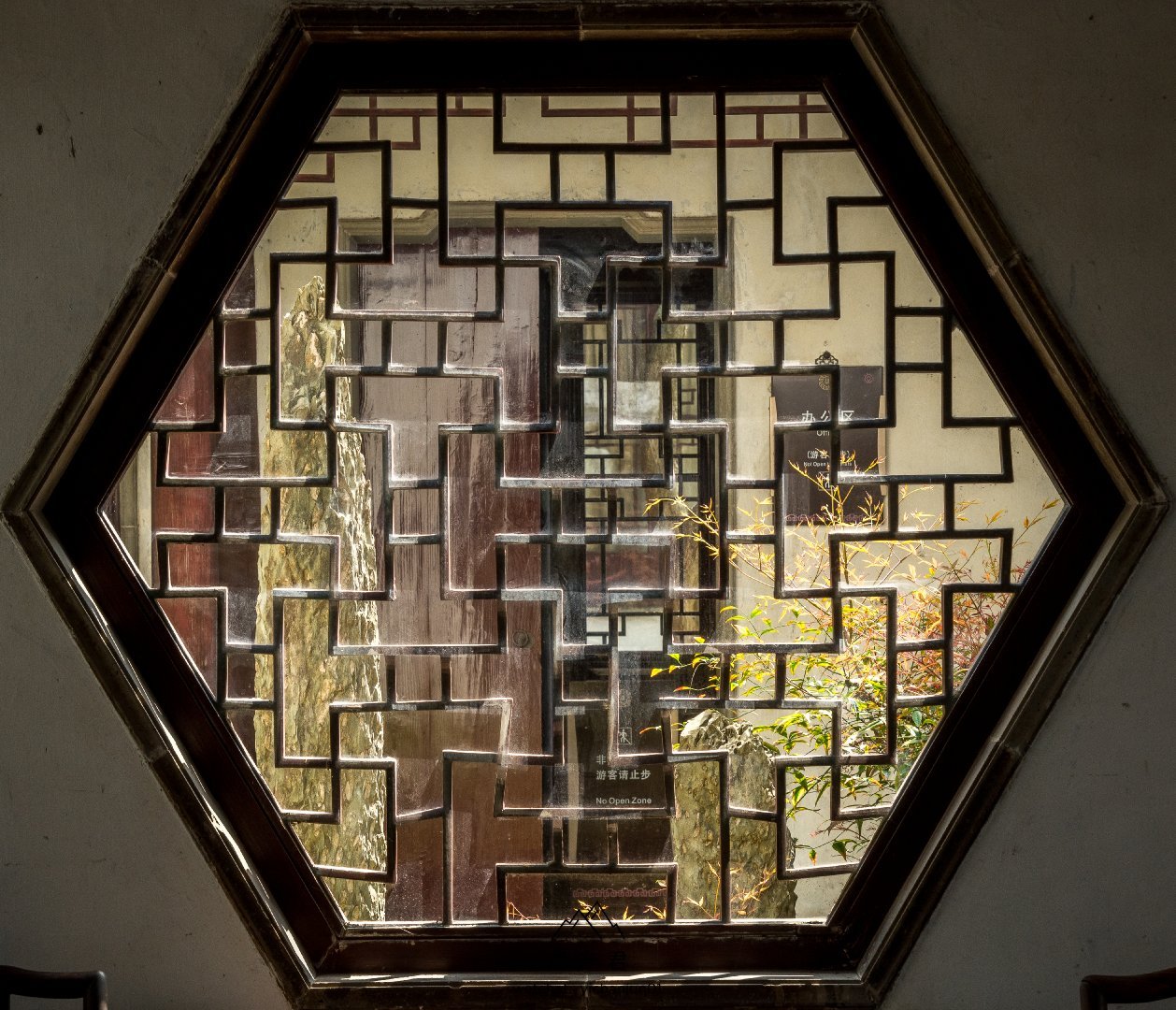
Chinese gardens masterfully use jingdong—decorative gates and windows—to frame landscapes like living paintings. Fancy gates in shapes like lotus petals, crescents, or vases guide visitors through bamboo groves and pebbled paths, while hollowed windows (louchuang) offer fragmented glimpses of courtyards, creating a sense of mystery. These features, seen in Suzhou’s classical gardens, have inspired modern architecture, blending ventilation, light, and artistry in spaces like galleries and cultural centers.
Highlights
Moon gates, floral openings, and geometric windows
Pebbled pathways leading to framed vistas
Bamboo and rockery accompaniments
10. Taihu Rockeries: Nature’s Sculptures
What to Know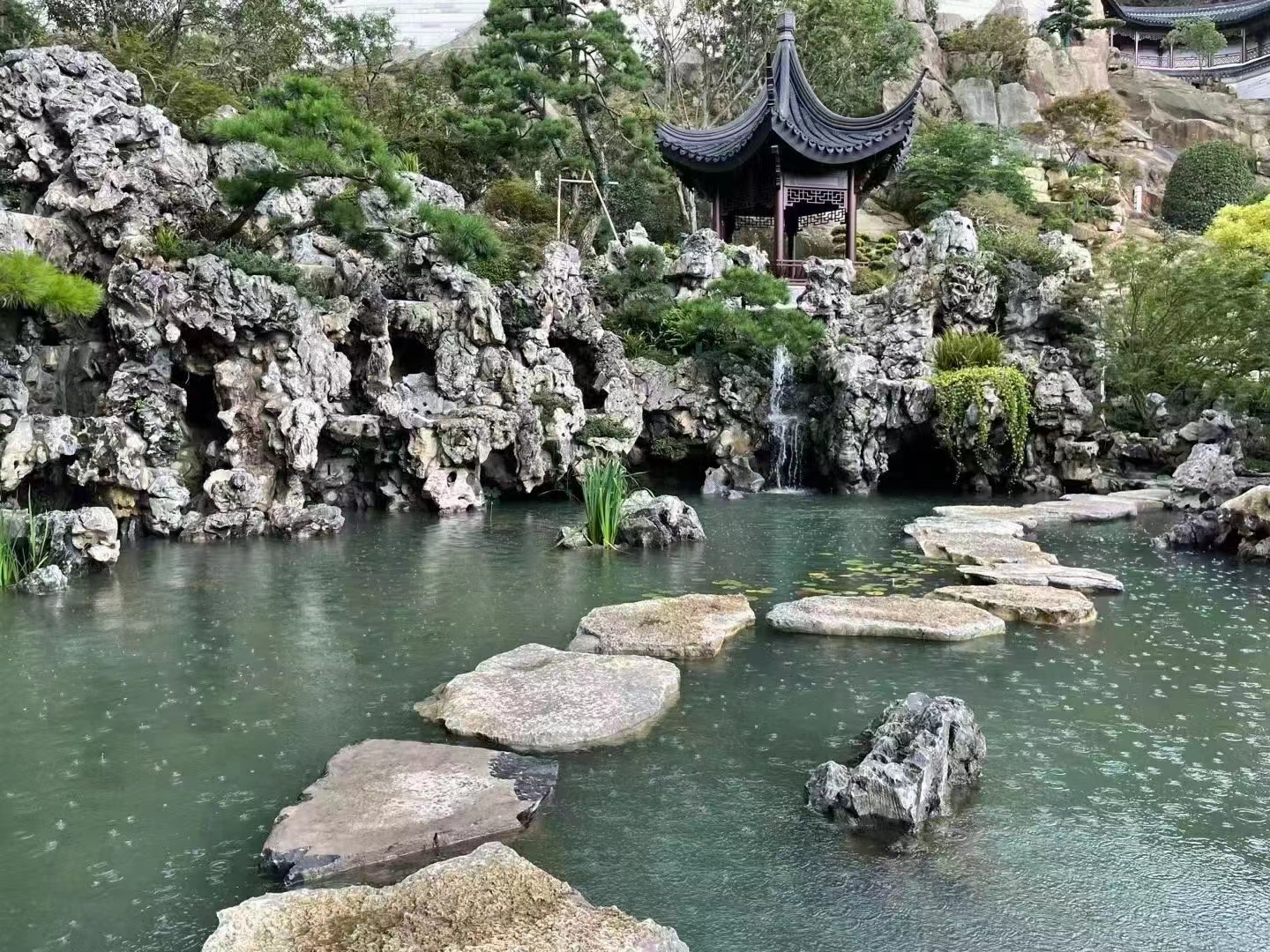
The surreal Taihu rockeries, carved by time and human hands, are centerpieces of Chinese gardens. Quarried from Lake Taihu, these limestone formations are prized for their slender curves, porous textures, and rainworn holes. In Shanghai’s Yuyuan Garden, the “Jade Exquisiteness” rockery exemplifies their elegance, while Beijing’s Forbidden City features the “Heaped Elegance” hill—a labyrinth of caves and pavilions. These rocks, once cemented with rice glue, now use modern techniques to create miniature mountains that amplify a garden’s sense of scale and tranquility.
Highlights
Centuries of water erosion create porous, sculptural shapes
Valued for their slender profiles and intricate surface textures
Song Dynasty masons perfected shapes through: Strategic chiseling, Lake-water polishing
Used in famous gardens like Shanghai's Yuyuan ("Jade Exquisiteness")
Duixiu Hill (Forbidden City): Miniature mountainscape
Lion Grove (Suzhou): Rocks resembling playful lions
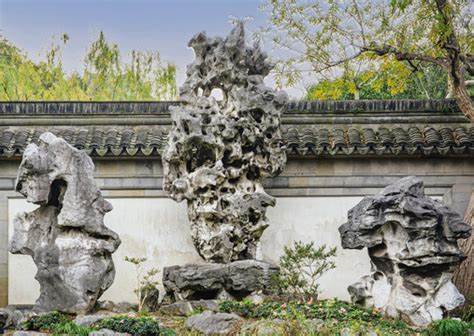 |
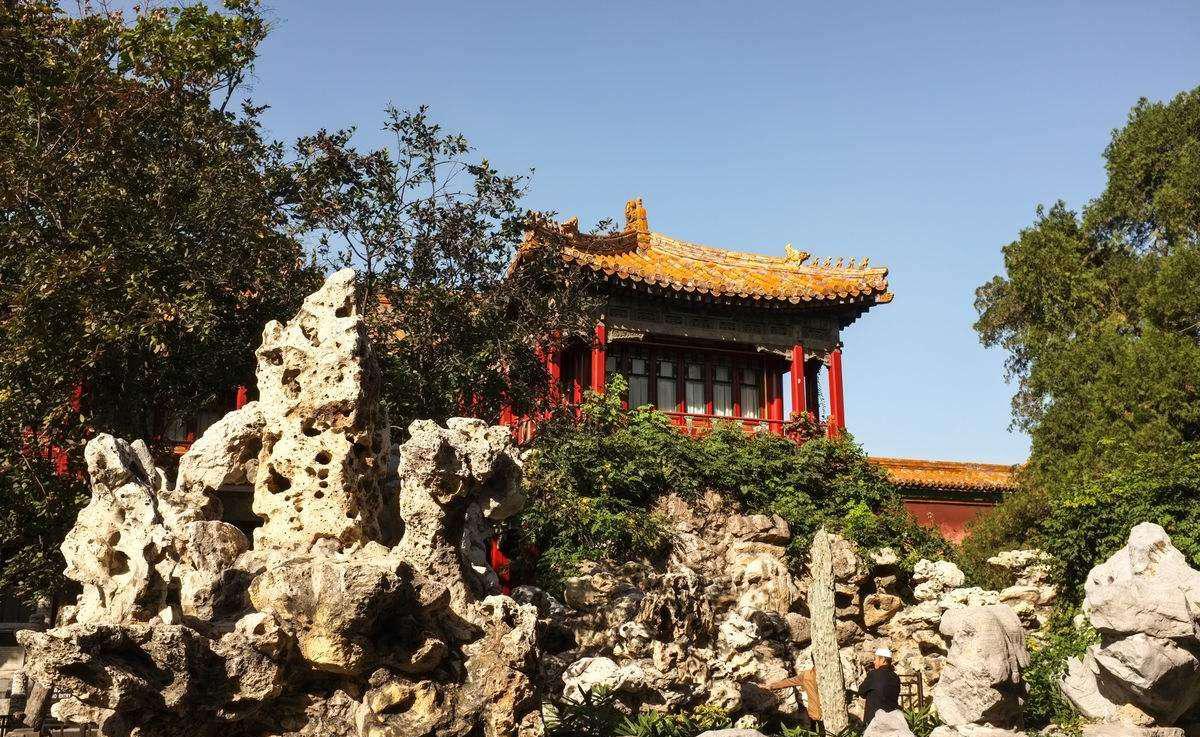 |
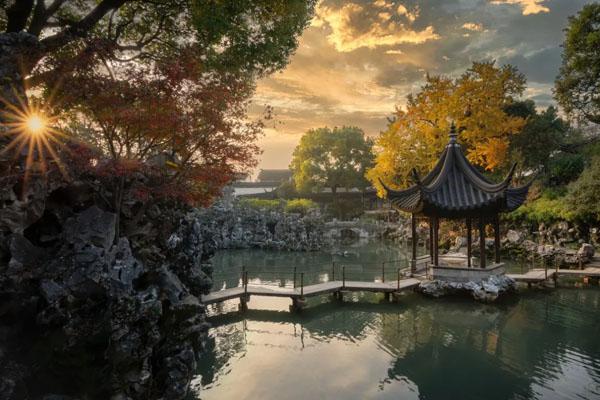 |
| "Jade Exquisiteness" | "Heaped Elegance" | Liion Grove |
Why Explore Chinese Architecture?
Chinese architecture is more than bricks and mortar—it’s a dialogue between humanity and the cosmos. Altars honor heaven and earth, archways celebrate virtue, marble boats blend whimsy with power, and rockeries mimic nature’s artistry. Each structure invites you to ponder ancient philosophies like the Five Elements or the balance of yin and yang.
Whether you stroll through Beijing’s imperial parks, lose yourself in Suzhou’s gardens, or marvel at the Ming Tombs’ grandeur, China’s architectural wonders promise a journey through time, culture, and unparalleled beauty. Come witness how stone, soil, and symbolism have shaped a civilization’s soul.
Plan Your Journey Today—Where Every Archway Tells a Story, and Every Rock Holds a Secret.




































